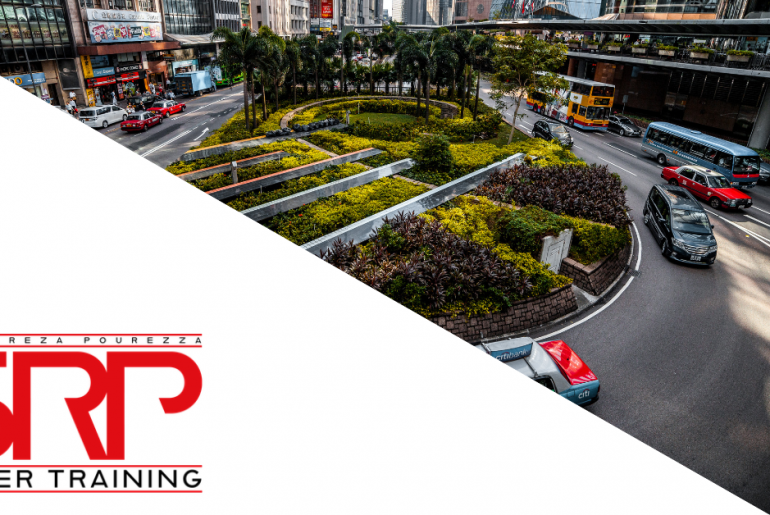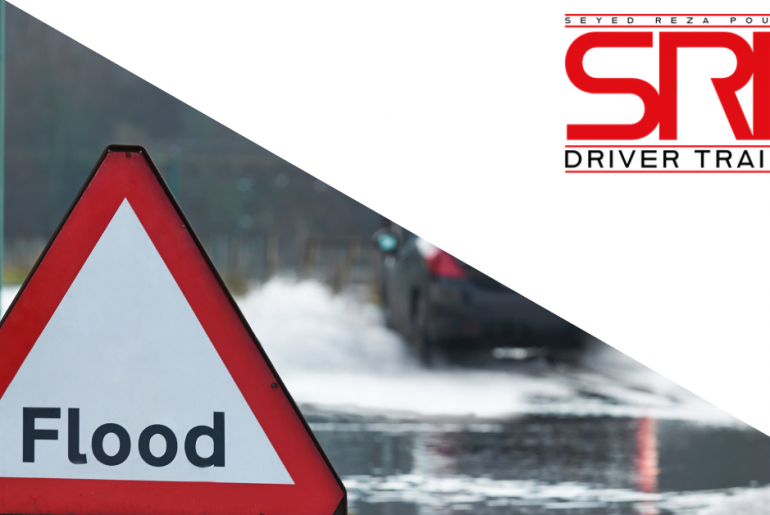Whenever you get into a car to drive you need to ensure that the car is safe and that you are comfortable to drive. To do this, we carry out a Cockpit Drill. In this blog post, we will take an in-depth look at the Cockpit Drill, covering the steps taken to ensure you are best placed and comfortable before taking to the road.
As with many things driving instructors do, there is an acronym for the Cockpit Drill but in all honesty, whichever version you do, it’s not the most memorable in the world. Different instructors have different preferences but most will either go:
H D S S S M or D H S S S M
Checking the Car is Safe.
You can click on any image in this post to make it larger.
The first two steps of the Cockpit Drill can be done either way around but both are important to make sure you are safe in the car while you are getting set up.
H
Handbrake: We need to be sure the car isn’t going to move until we are ready for it to do so. One of the first things we should check when we first get in a car is that the handbrake has been applied by whoever drove the car first.
This can be done in a couple of ways:
- If the car has a manual handbrake, the lever should be in the raised position; if necessary, give it a quick tug to make sure it’s on properly.
- If the car has an electric handbrake, you can give the switch a quick pull to double-check that the handbrake is on.
- All cars, regardless of if they have a manual handbrake or an electric one, will have a red light which shows in the instrument cluster when the handbrake is on.
D
Doors: Of course, we need to make sure the doors, (if fitted) are closed for a couple of very important reasons.
We don’t want a door swinging open unexpectedly while we are driving. The slim risk of us falling out is secondary here to the risk of the door striking another vehicle or, god forbid, a pedestrian.
When we get to sorting out the mirrors having the doors ajar can also present problems. Most cars have their side mirrors attached to the door and if we don’t close it correctly the mirror will vibrate at speed making the positioning wrong and blurring your vision of what’s behind.
You’ve got a few choices about how to check the doors are closed:
- Most cars will have a Door Open warning which displays on the dashboard.
- Most cars will also have interior lights which are switched on when the doors are open and dim or turn off when the doors are closed.
- If you look in the mirrors, the sides of the car should be smooth. If the line of the window isn’t smooth all the way down the car, the door probably isn’t closed properly.
Getting Comfortable, The Triple S of the Cockpit Drill.
S
Seat: Possibly the second most important part of your Cockpit Drill, getting the seat in the right place is key to safe driving.
If your seat is incorrectly adjusted you will struggle to reach all the controls, or worse, be too close to the controls and unable to move between them quickly enough. Also, stretching to reach the controls or scrunching up to fit into a smaller gap is going to put pressure on strange parts of your body, making diving uncomfortable.
In extreme cases, poor driving posture has been known to cause severe and diagnosable muscular-skeletal disorders.
To get your seat in the right place:
- Start off by adjusting the front-to-back travel of the seat using the handle near your left knee, under the front of the seat. Make sure you can depress all three pedals without stretching.
- If your car is fitted with height adjustment, adjust the height to give you the best possible view of the road ahead. If you don’t have height adjustment and you struggle to see the road, you may need to use a cushion.
- Adjust the angle of the back seat so that it provides support to your back. You don’t want to be too laid back or the seat won’t protect you in an accident but you don’t have to sit like you are a soldier on parade.
- Finally, adjust the head restraint so that the firm part of it is level with your eyes or the top of your ears.
S
Steering Wheel: Most modern cars have a steering wheel which is adjustable for reach and rake. This means the steering wheel is adjustable both in and out of the dashboard, and up and down.
Positioning the steering wheel is very important. You should be just under an arm’s length from the wheel in your driving position, so sat with a slight bend in your elbow when you reach for the top of the wheel from your relaxed seating position.
This will guarantee that you can reach comfortably around the wheel but also keeps you a safe distance from the airbag. The injuries sustained from being too close to the steering wheel in an accident where the airbag goes off are extremely painful and you really want to avoid them.
S
Seat Belt: You can now put your seatbelt on. Some cars, but by no means all cars, have adjustable seatbelts where you can raise or lower the height of the top mounting point for comfort.
If the seatbelt is adjustable in the car you are driving try to set it so that it wraps over your shoulder but stays away from your neck.
At this point, you should check that anyone else in the vehicle is also wearing their seatbelt. Adults are legally responsible for wearing their own seatbelts, but as the driver, you can be prosecuted if you drive with an under-14-year-old without a suitable restraint. Even if their parents are in the vehicle, you are the one that is legally liable as you are the driver.
Finishing the Cockpit Drill, The most important step.
M
Mirrors: Finally you can adjust your mirrors. Mirrors are left until last because all the other changes we’ve made have moved your head’s position in the car and only after we’ve got everything set can we figure out where to position the mirrors to give you the best view of whats behind you.
Your main mirror is the easiest to adjust, you just drip the outside of the mirror, being sure to keep your fingers and palms off the glass, and wiggle until you can see as much of the rear window as possible from your driving position.
The side mirrors are a little more problematical, as every car has a slightly different place or style of control so you have to find it out.
Look at the image to the right, (Click to make it larger) for an example of how the left-hand mirror should look. Try to duplicate that image in both side mirrors.
Note that if the mirrors are electric you may have to switch the case to the accessories setting to make the mirrors work.










